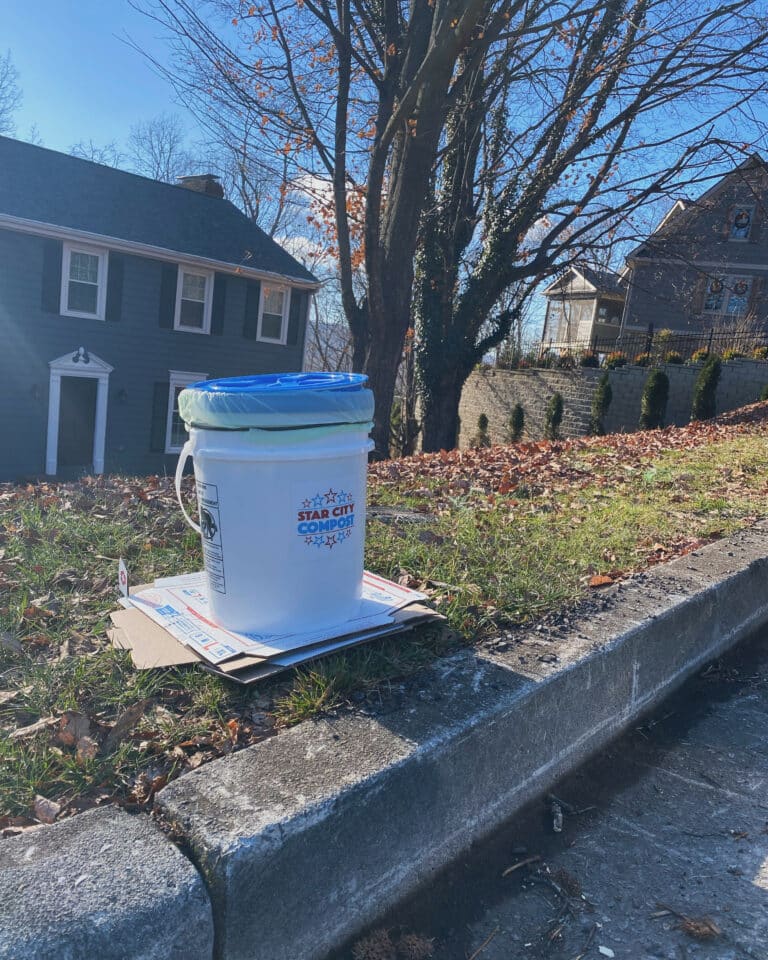Workplace doping—the illegal use of drugs to enhance cognitive performance—is growing rapidly. Thanks to increasing globalization and human-replacing technology, the bar for intellectual performance is higher than ever.
But there is a safer and more ethical way to get the same, if not greater, benefit: Exercise.
“It is quite remarkable, the effect exercise can have on cognition—the ability to think critically and make good decisions,” says Dr. John Ratey, psychiatrist and author of Spark: The Revolutionary New Science of Exercise and the Brain.
Exercise literally grows the brain at a cellular level and primes it to perform at peak capacity.
How It Works
Three neurotransmitters—serotonin, norepinephrine, and dopamine—are integral to brain function, says Ratey. Serotonin influences mood. Norepinephrine heightens perception. Dopamine regulates attention and satisfaction. When these neurotransmitters are in balance, the brain is ready for optimal functioning. When they are out of balance, cognitive ability suffers, and in severe cases, psychiatric disorders may arise.
Many drugs used to treat mental health disorders, including those implicated in workplace doping, individually target serotonin, norepinephrine, or dopamine. But Ratey explains that “simply raising or lowering the level of a neurotransmitter does not elicit a crisp one-to-one result because the system is so complex.” Exercise, on the other hand, is so effective because it seems to promote an ideal balance of neurotransmitters, priming our brain for peak performance.
After just one 35-minute aerobic treadmill session, creativity and cognitive flexibility—the ability to think about multiple concepts at once—improve significantly. Ratey says these findings are especially intriguing because “cognitive flexibility correlates with high performance levels in intellectually demanding jobs.” In other words, you may want to consider a quick workout before your next important meeting.
Long Term Benefits: Exercise and Lifelong Brain Growth
In addition to priming the brain for acute bouts of cognitive work, exercise simultaneously promotes long-term brain development by triggering the release of “brain-derived neurotrophic factor” (BDNF), a neurochemical that Ratey says is like “Miracle-Gro for the brain.”
BDNF fuels a process called neurogenesis, which spawns new brain cells and facilitates connections between them. The link between exercise and BDNF helps explain mounting evidence that exercise lowers risk for and delays the progression of degenerative neurological diseases like Alzheimer’s and Parkinson’s.
Unfortunately, you cannot just go for a run and become smarter. While BDNF seeds brain cells, in order for those brain cells to survive and form new neural networks, “one must challenge the mind along with the body,” says Ratey. Like a steroid, BDNF works best when paired with heavy mental lifting.
With that in mind, sports that combine aerobic effort with technical movements, planning, and strategy—like tennis, climbing, trail running, and mountain biking—are perfect for growing your brain, since they activate both the mind and body in unison. Also effective for long-term brain growth, Ratey says, is engaging in challenging cognitive tasks immediately after aerobic exercise; with BDNF flowing, the mind is ripe to expand.
Therein lies the unparalleled performance-enhancing magic of exercise: it improves the intellectual work you do today while, at the same time, makes you smarter tomorrow. Or, as Ratey put it, “That’s the beauty of all this, you get an acute effect and a chronic effect; it is really quite remarkable.”
The implications of all this are fairly straightforward. If we want to enhance our intellectual performance, and do so in a perfectly legal and safe way, we should prioritize exercise in our lives. This key message is not particularly new. Modern science is simply proving what the pre-Socratic Greek philosopher Thales began preaching over 2,000-years-ago: “sound mind and sound body” go hand-in-hand.








